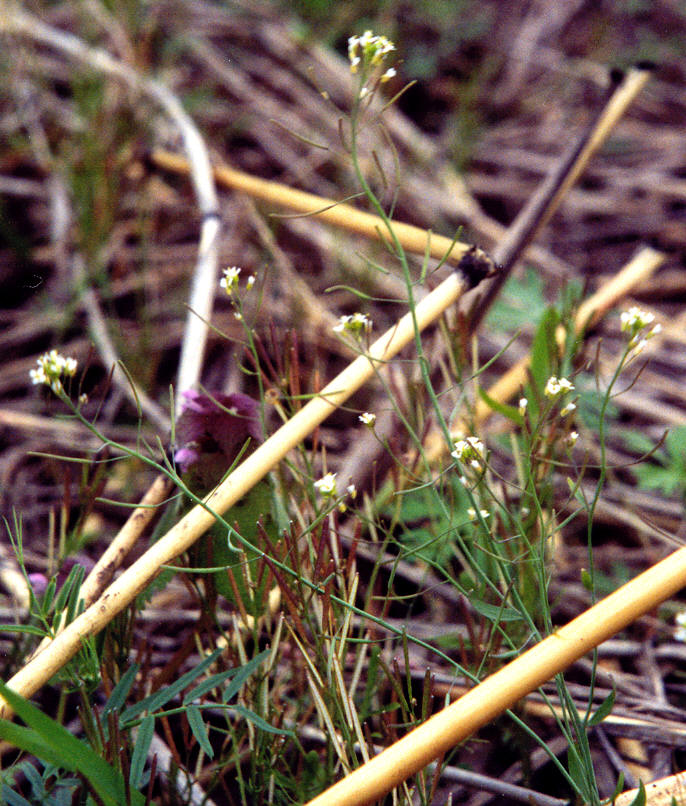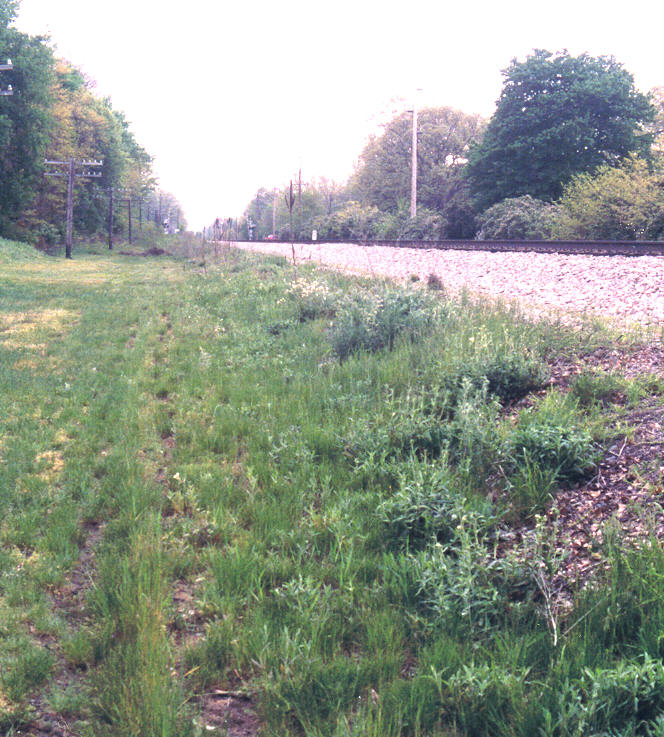Selection and Adaptation to Heterogeneous Environments
Wild Populations of Arabidopsis thaliana

CONCEPTUAL BACKGROUND TO RESEARCH
The evolutionary process that may lead to adaptation can be viewed as a dynamic interplay between selection and the genetic architecture of fitness traits. Over time selection can erode genetic diversity, which can lead to local adaptation. However, aspects of the genetic architecture among traits such as genetic correlations can limit the effectiveness of selection, thus preserving diversity. Furthermore, selection in heterogeneous environments has been proposed to facilitate the maintenance of genetic variation. Given our increasingly changing natural environment, understanding this dynamic between selection and the genetic architecture is of particular importance since it will determine the potential for species to adapt to novel environments.
Long Range Goal:
We are working toward using an integration of newer genomic approaches with
ecological and quantitative genetic approaches to gain an understanding of the
dynamic interplay between selection in heterogeneous environments and the
genetic architecture of fitness traits.
 Current
Goal:
Current
Goal:
We are currently characterizing of the impact of selection history on the
evolutionary potential of wild populations of Arabidopsis thaliana. In
populations from southwestern Michigan we assessing the genetic response of a
selection history in soil nutrient environments. Early results from this result
show a positive correlation between environmental heterogeneity and evolutionary
potential.